The linen is a plant belonging to the family of Linaceaegender Linumto which about 200 different species belong, including the Linum usitatissimum. This is the type of flax species grown for industrial purposes. Furthermore, it is among the first plants ever domesticated by man, as regards the production of fiber, but it is also cultivated for various other uses, for example food, medicinal and herbal.
In this article we take a look at the history of flax, we deepen its botanical characteristics, we understand the cultivation techniques and all the possible uses of the by-products of the crop.
History and origin of linen
The varieties of Linum usitatissimum cultivated today they are distinguished in those of fiber and seed, which would have two different centers of origin. The fiber varieties originate from the Mediterranean basin (Spain, Greece, Algeria, Egypt), while the seed varieties from the area between India, Afghanistan and Turkestan.
The cultivation of flax is very ancient, like prove the remains of seeds found in ancient Swiss pile dwellings dating back to the Stone Age and consisting of plant fragments and tools for their processing. In Egypt, however, the most ancient finds were found in a tomb dating back to 3300 BC and consist of capsules and remains of fibers. In the Middle Ages, flax was widely cultivated throughout Europe and only in the 1700s did its decline begin, first due to the increased cultivation of other fiber plants and then, in more modern times, to the advent of synthetic fibers.
Flax today
Today the world’s largest flax producers are Canada, Russia, India and China, followed by European countries such as Romania, Poland, France, Holland and Belgium.
In Italy the cultivation of flax is marginal, but to be re-evaluated due to the ease of cultivation and the various economic outlets it offers.
The flax plant
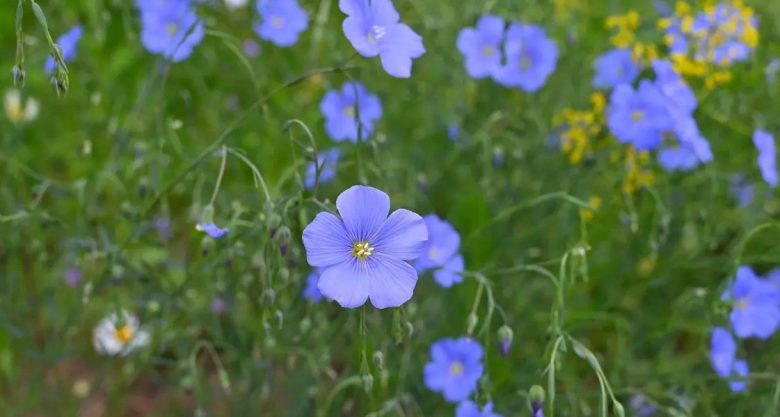
Flax is an annual herbaceous plant, with a taproot, slender and not very branched. The stem, 40-110 cm high, is thin, erect, branched in the seed varieties, less so in the fiber ones. The leaves are sessile, whole, elongated, glabrous, alternate, rarely opposite. The flowers, solitary or gathered in corymbs, are made up of 5 sepals, 5 blue, white or purple petals, 5 stamens welded to the base and a pentalocular ovary with 5 styles welded to the base. They are purely self-fertilizing. The fruit is a pentarcapellar capsule with bilocular carpels. Each loggia contains a seed, oviform, lunate, oil-bearing, of a yellow-brown or greenish color.
Differences between fiber flax and seed flax
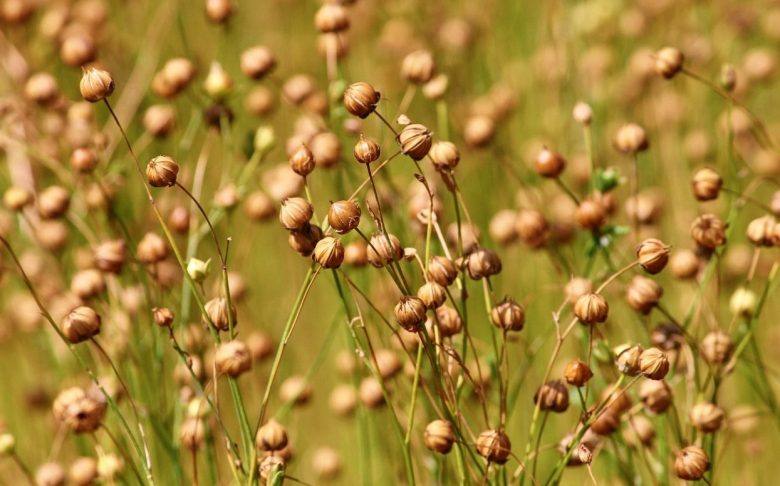
The species Linum usitatissimum it includes numerous forms and the cultivated types are divided into two large groups.
The first group comprising the tall forms, elastic stem, long and ductile fibers, reduced inflorescences, small flowers (usually blue or white), maliform capsules, small seeds (usually brown), consisting of varieties of flax grown for the linden (fiber) production.
The second group includes plants of reduced size, rigid habit, sturdy stems, short, branched at the base, with short and coarse fibers, very developed inflorescences (blue or purple flowers), large capsules, pear-shaped and with large seeds, consisting of varieties grown for the production of seeds and oil (also called linosa or linseme).
The cultivation of flax
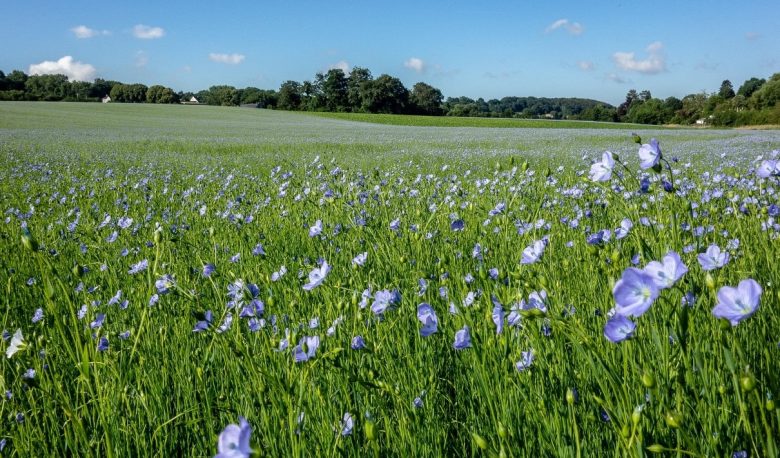
The flax crop is strongly influenced by the climate. The Nordic ecotypes, that is, of the temperate-humid areas, are cultivated for the production of fiber. While those of warm climates are intended for the production of seed.
The flax plant has modest thermal needs, the optimal temperature during the biological cycle oscillates between 8 and 22 ° C, with zero vital, for some varieties at 3 ° C. Any return of cold will slow down the development of the stem and favor its branching. The violent and prolonged rains favor bedding, while a prolonged drought negatively affects the yield and quality of the fiber.
Ground
Flax prefers deep, fresh, fertile, rather light soils, with a good supply of organic matter and neutral pH. I are not recommended soils too rich in humusas they favor enticement due to the abundance of nitrogen.
The basic fertilizations to be done will therefore be light.
Crop rotations
Normally fiber flax opens the crop rotation succeeding a winter cereal, while the seed flax follows a renewal crop. Flax never follows itself and should never be sown in land subjected to herbicide treatments, as it is very sensitive to pesticides.
Soil preparation
Flax is grown from seed. The preparation of the seedbed must be careful and lead to the formation of a very fine soil. Usually a 35-40 cm deep plow in autumn (more compact soils) or just before sowing (loose soils). Deep processing is followed by 1-2 refinement steps. Now is the time for the false sowinga fundamental agronomic technique for flax which suffers from competition from weeds in the early stages of its development.
Sowing
The biological cycle of flax lasts on average from 90 to 100 days in the types with spring sowing, from 180 to 200 days and more, in those with autumn sowing.
Sowing takes place, for spring types, from mid-February (central-south) and until April (north). While for the autumn varieties from October to December.
For sowing over large areas, wheat seeders are used, the sowing in small plots is done by broadcasting.
For the production of fiber, it is sown in simple rows, 10-17 cm apart, using 140-180 kg / ha of seed, thus obtaining a sowing intensity of about 2000 plants per square meter. Seed flax, on the other hand, is sown more sparsely, in order to favor the branching of the plant. For this purpose, it is sown in rows 8-10 cm apart, resorting to only 80-90 kg / ha of seed to obtain an investment of 500-700 plants per square meter.
Irrigation
In normal years the flax grown in the northern regions does not require irrigation. In the center-south usually 2-3 irrigations are carried out, to be performed before flowering, a couple of weeks apart. Further irrigation can be done before harvesting to facilitate the uprooting of the plants.
This usually. With climate change underway and the extreme drought that has been occurring in recent years, even in northern crops there may be a need for emergency irrigation, especially for late spring sowing.
Diseases
Flax fields can be attacked by pathogens that cause fungal diseases.
The most common are:
- rust (Melampsora lini) which occurs on the aerial part of the stem at the beginning of flowering. The following affects the fiber causing a depreciation;
- the brusone or soaring (Fusiclaudium lini And Asterocystis lini) which occurs on plants when they have reached a height of 6-7 cm. The spread of the disease is favored by humidity and an alkaline reaction of the soil;
- anthracnose (Colletotrichum lini) which can develop at the collar level of plants in a very humid season.
The fight against these diseases is agronomic and preventive, first of all respecting adequate crop rotations. A suitable arrangement of the land is also recommended, with adequate drainage to avoid water stagnation. Finally, in the event of an attack, the infected plants must be burned.
For the prevention of fungal diseases, an excellent opportunity is offered by mycorrhizaewhich create a natural symbiosis with the roots, protecting it from attacks by harmful fungi.
Parasites
Among the parasites that can attack flax we point out:
- anchovies (Aphthona euphorbiae And Longitarsus parvulus);
- thrips (Linen thrips And Thrips linarius);
- moths (Conchilis epilinana, Lycophotia saucia, Phytometra gamma,Vanessa cardui)
Collection
The flax harvest takes place from the end of May, for early sowing in the southern regions, and from early July in the north.
Fiber flax is harvested when the plant begins to lose the basal leaves of the stem and when the color of the stem itself changes from intense green to straw yellow. Mechanical grubbers are used for harvesting
As for the seed flax, this is instead collected when the capsules are browned, regardless of the color of the stem. Harvesting is carried out with normal combine harvesters.
Harvesting of flax in small crops
In a small plot of flax grown for the seed, the harvest can be done manually, by mowing the plants and gathering them in bunches. These are dried in the air and fight to separate the seeds.
The seeds are left to dry well in the shade and then stored in glass jars.
The flax fiber
The commercial fiber obtained from flax derives from the pericyclic bast fibers of the bark, gathered in cords that reach a length of 30-90 cm. To obtain the fiber, the raw straw is subjected to a processing process comprising the following phases: maceration, drying, malaxing and grooming. Lint and tow are obtained as by-products of fiber processing.
The fabric obtained from flax plants is very valuable, as it is soft, flexible and resistant. It is superior to cotton, but has higher production costs and this explains the abandonment and marginality of the crop compared to the latter.
Linseed oil
Flaxseed contains very high percentages of oil, from 35 to 45%. The oil in turn is rich in long-chain fatty acids (Omega 3-6-9), which are very interesting for human nutrition.
Linseed oil is also used by the cosmetic industry as a basic ingredient in hair gels and soaps.
However, the main destination of the oil is industrial, for the manufacture of colors, varnishes, printing ink, linoleum, emulsions. This is thanks to the fact that in contact with the air, following the absorption of oxygen, linseed oil hardens and dries quickly.
From the extraction of the residual oil a cake that has a protein content of around 40% and is destined for zootechnical feeding. Even the residual capsules can be used in animal feed.
Flax seeds in the kitchen
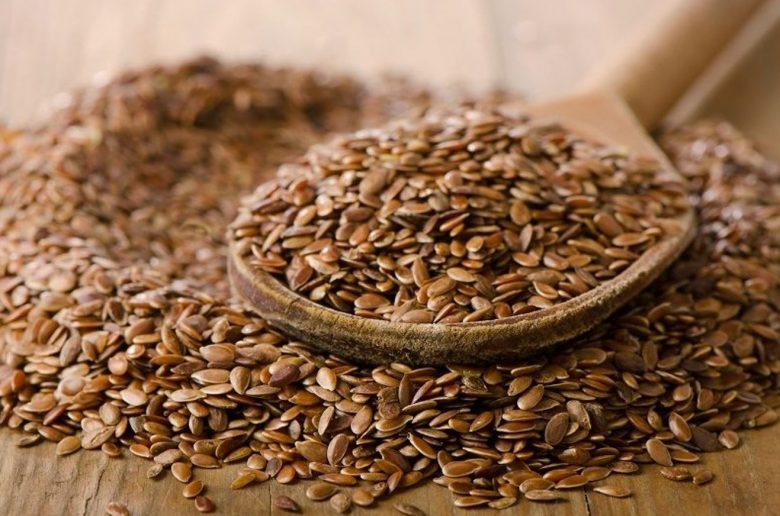
The use of flax seeds in natural and vegetarian nutrition is very popular.
The seeds are rich in: mucilage, fats, proteins, enzymes, carbohydrates.
They are usually consumed as they are, in purity, but also dry or in flour. Often they are soaked in water and eaten as soon as they sprout. Wet seeds become slightly slimy, but this affects their nutritional properties.
If you want flax seeds try them found in specialized stores.
Flax seeds in herbal medicine
Flax seeds are attributed emollient, anti-inflammatory and resolving properties. In herbal medicine the seeds are used as treatment for many ailments. Rich in mucilage, i decoctions they are useful in disorders of the digestive, respiratory and urinary systems. The same mucilages of the whole seeds, swelling in the intestine, stimulate its functioning, regulating it in a safe and effective way.
External use
For external use, flaxseed decoctions are also useful against dermatosis, skin itching, sunburn (including sunburn), redness of the throat.
Another use of flax seeds is for resolving and emollient poultices in catarrhal coughs, which give relief and facilitate expectoration.
The decoction of flax seeds is prepared with 2 g in 100 ml of water, to be taken in small glasses between meals.
The poultice instead is made with 60 g of flour cooked for a few minutes in 250 ml of water until a thick mush is obtained. This is applied heat on the chest several times, placing a cloth in between and covering with a cloth to conserve heat.

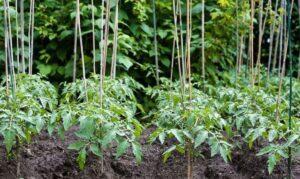
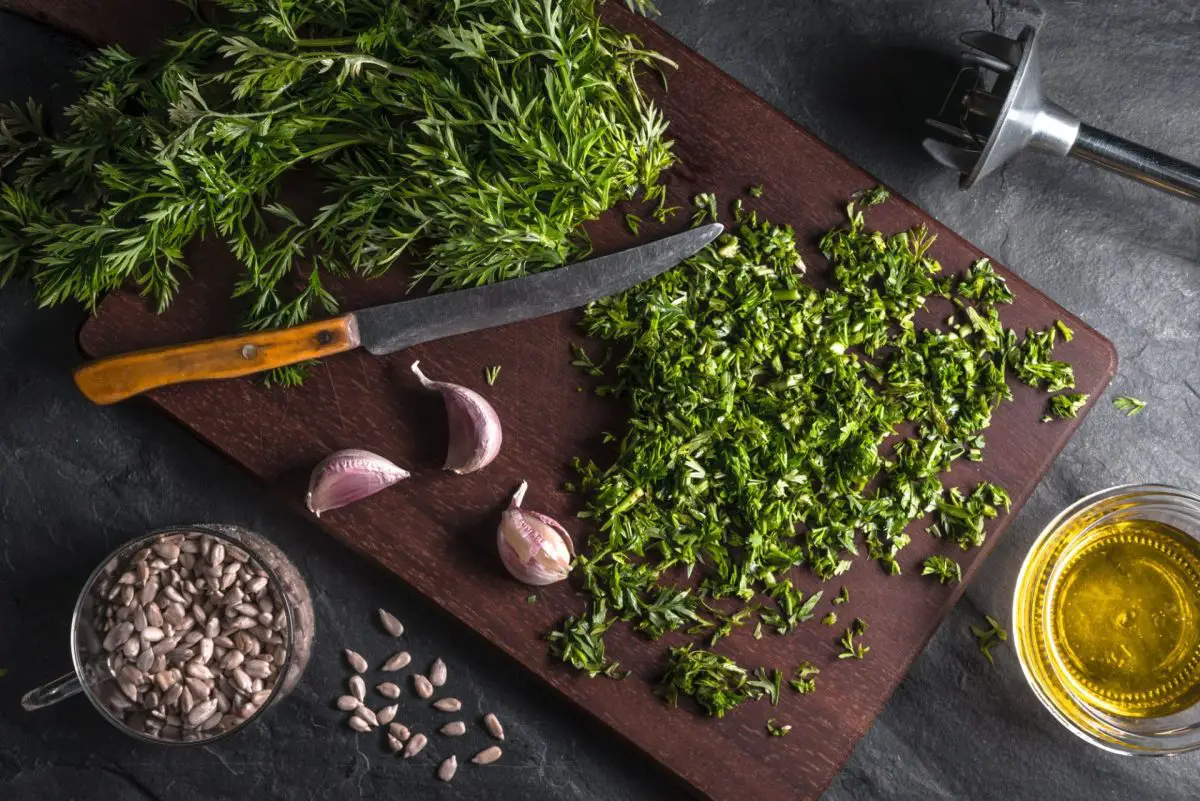
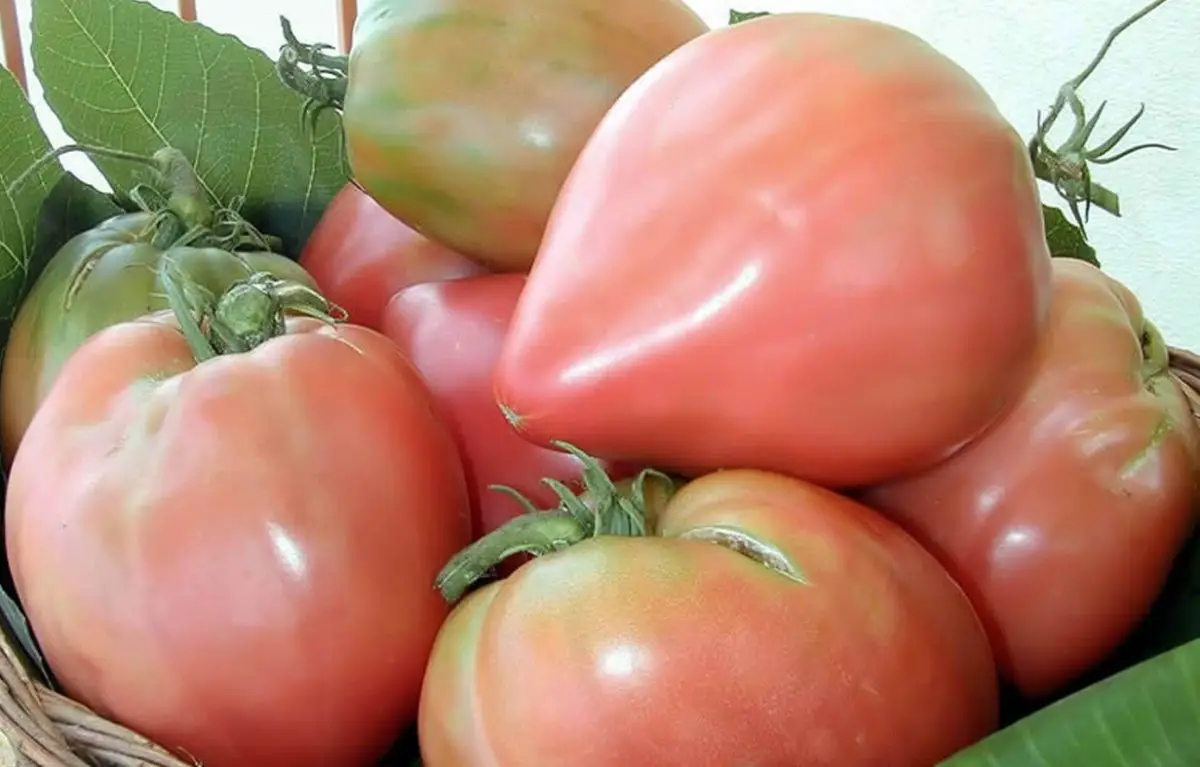

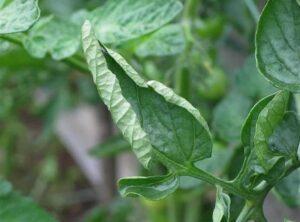
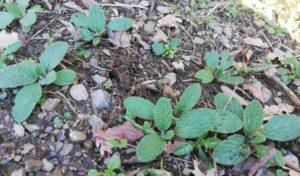
Start a new Thread